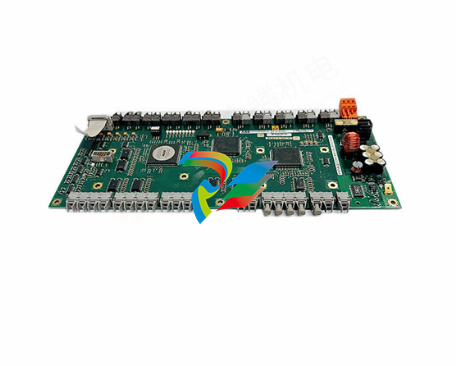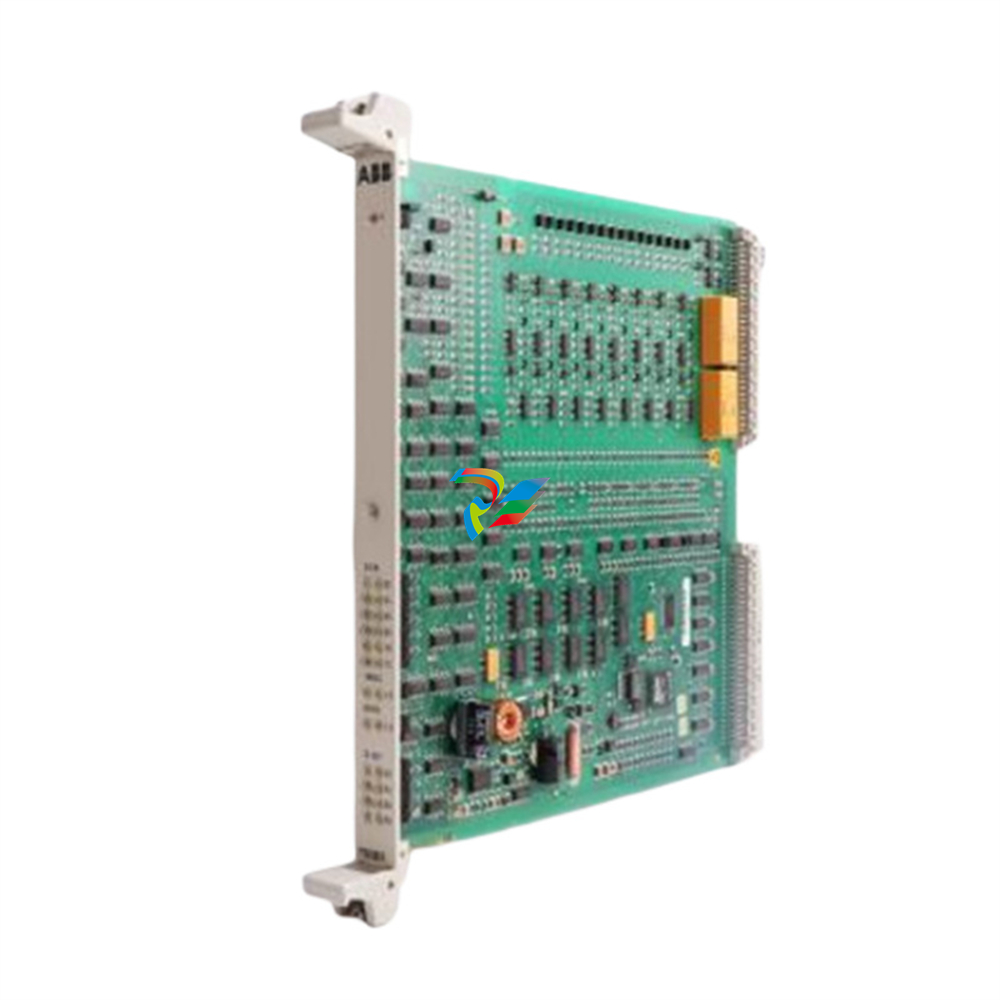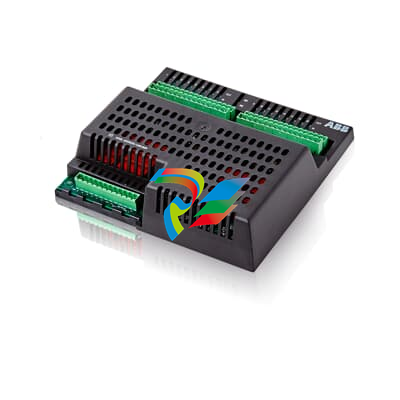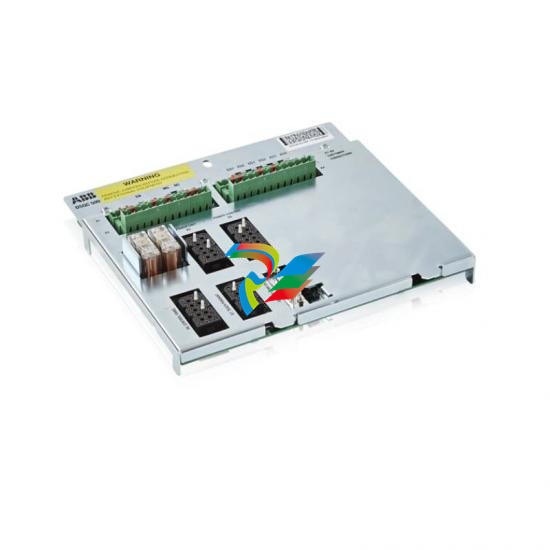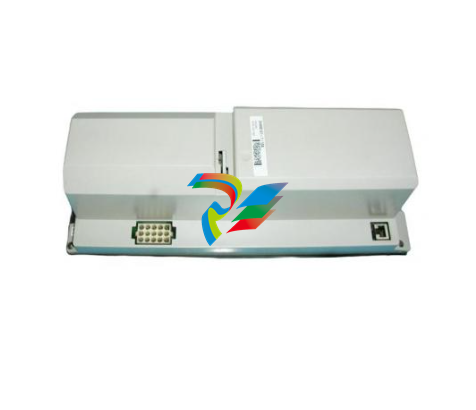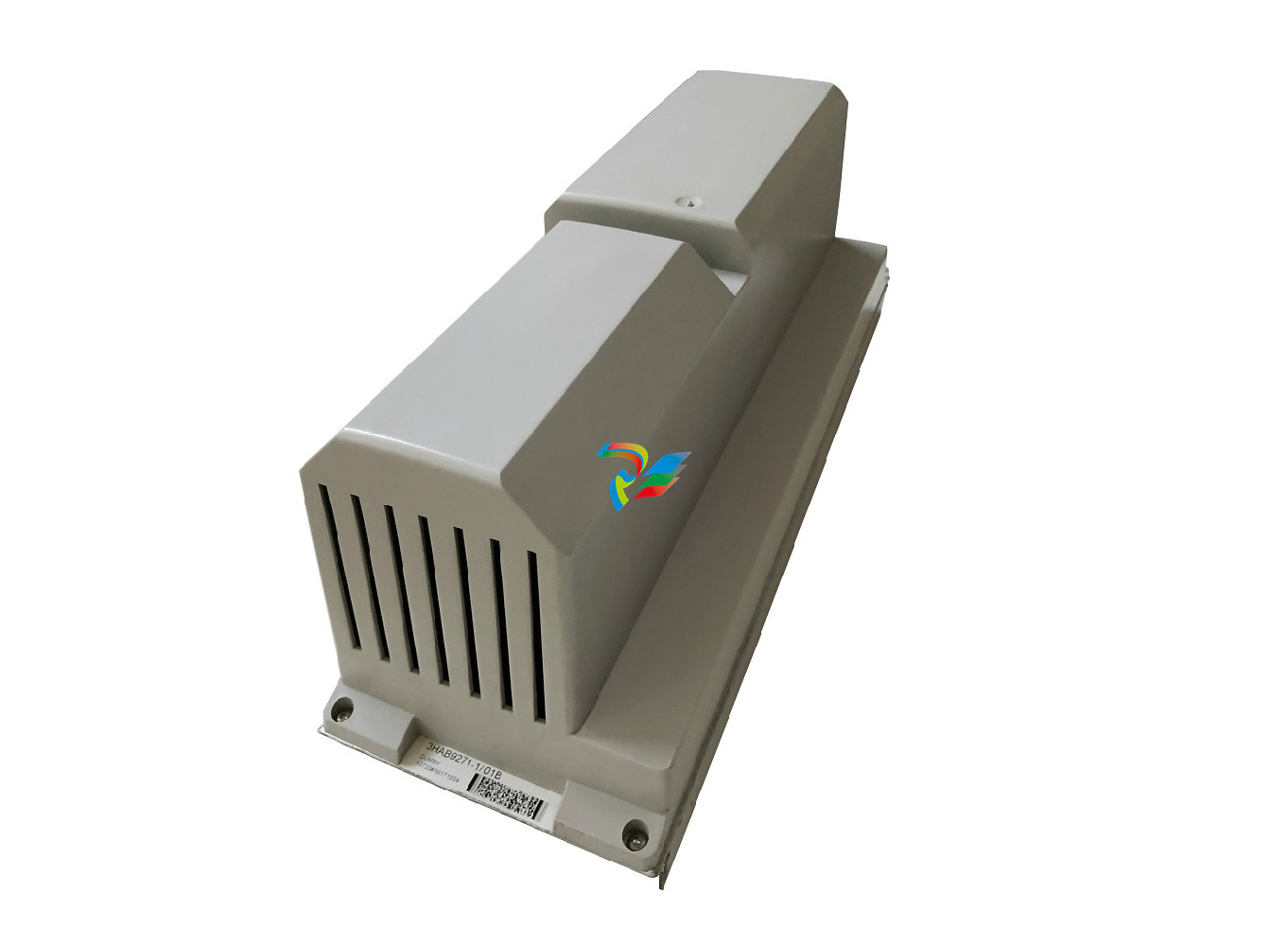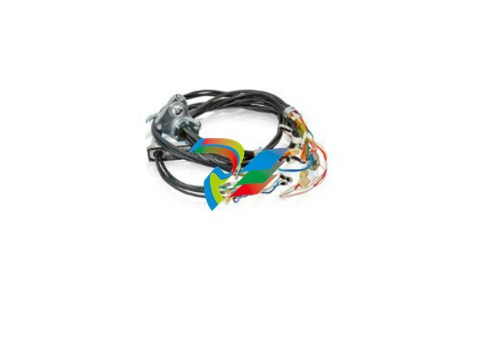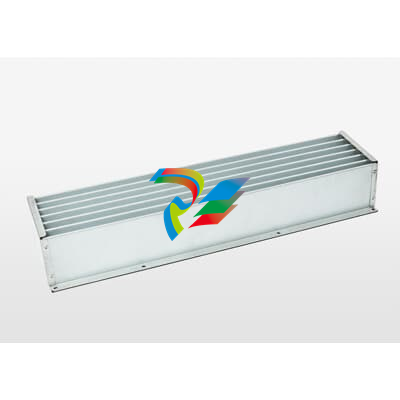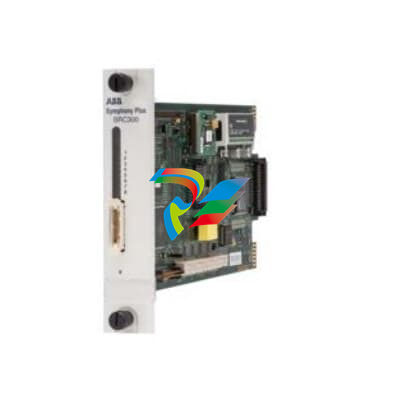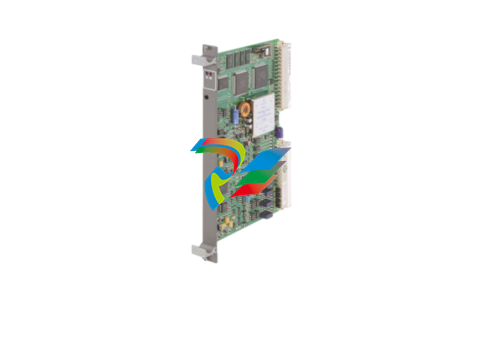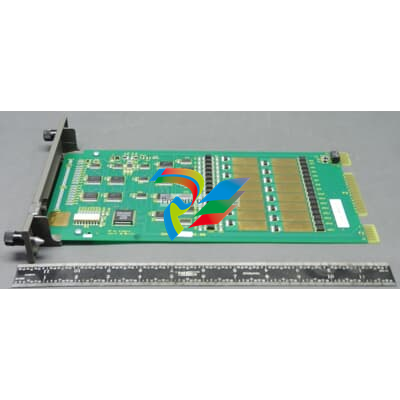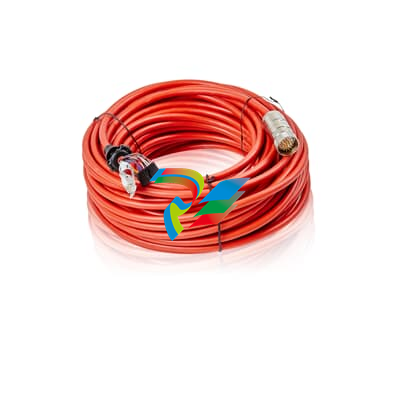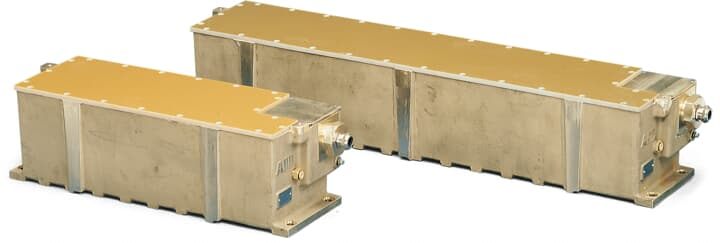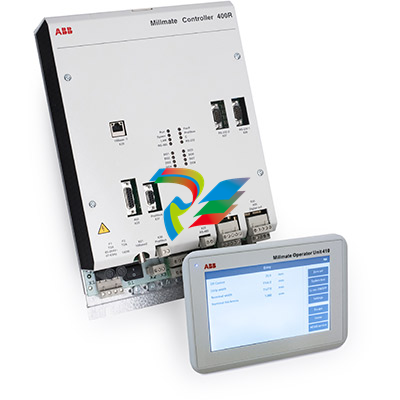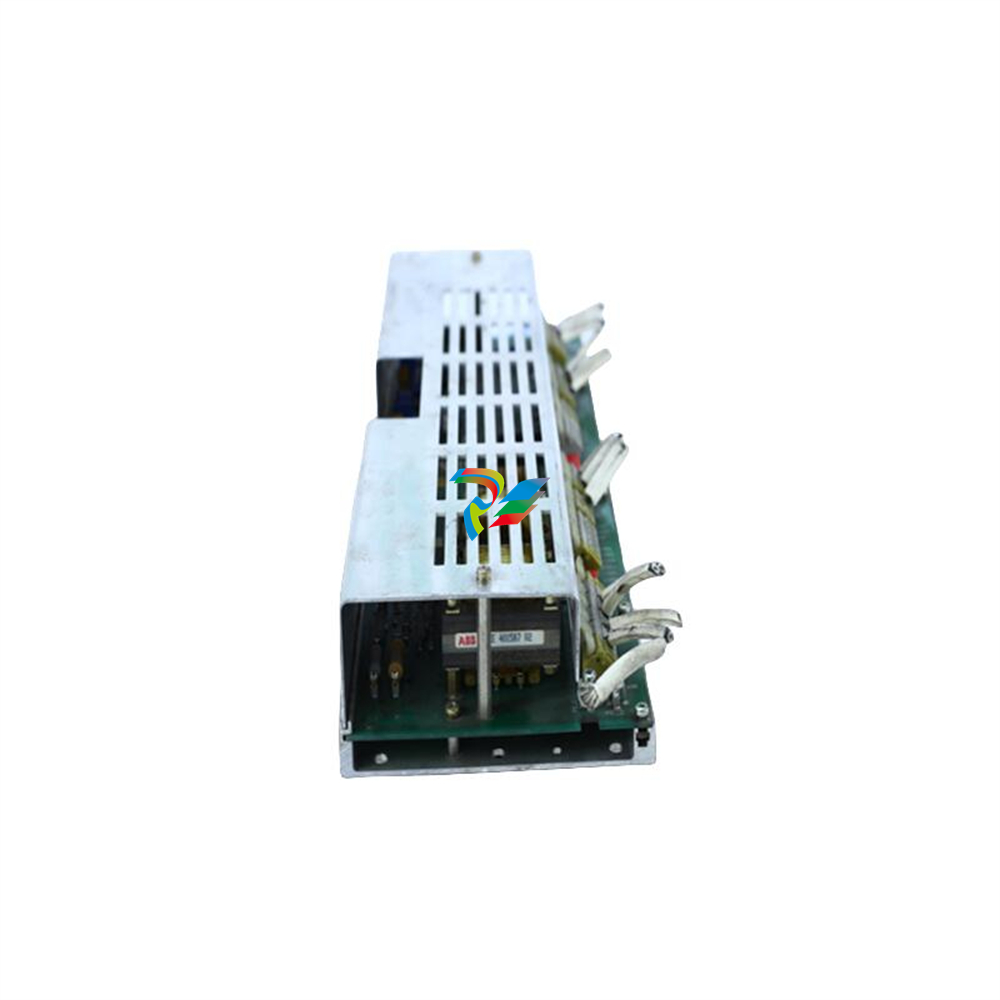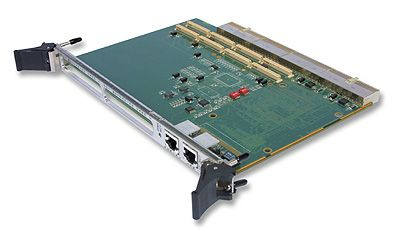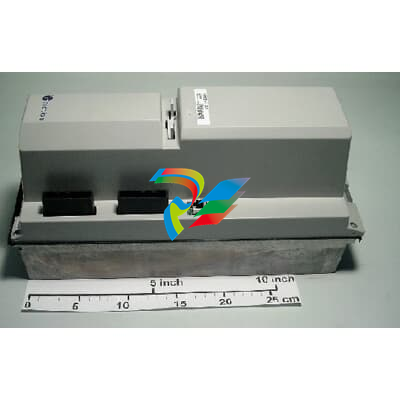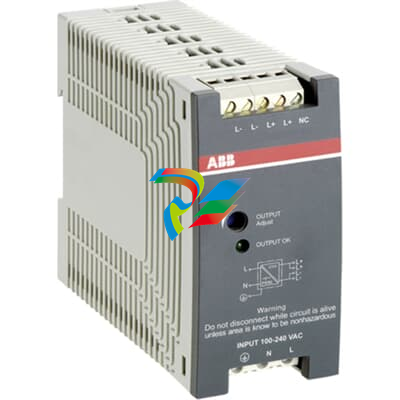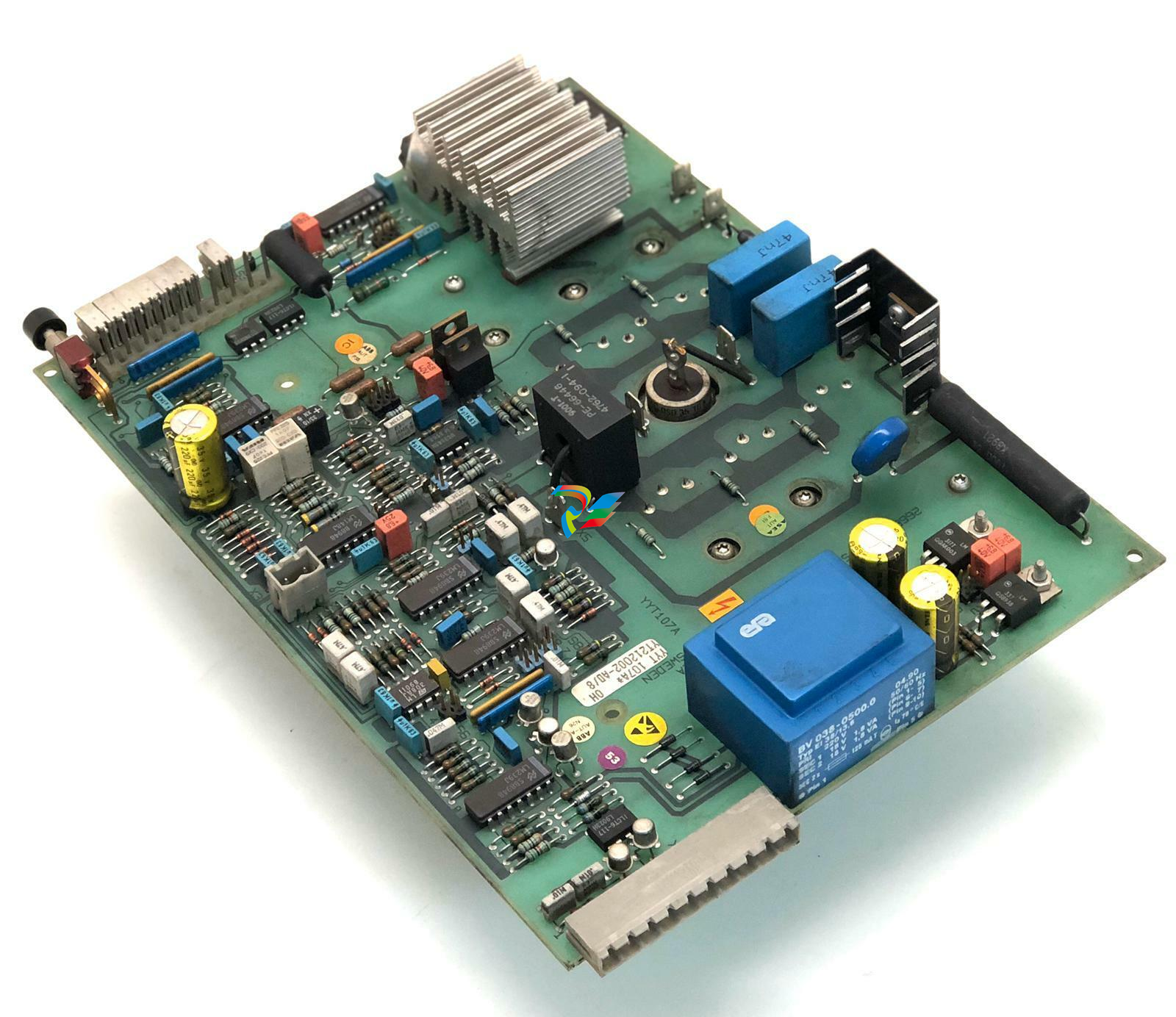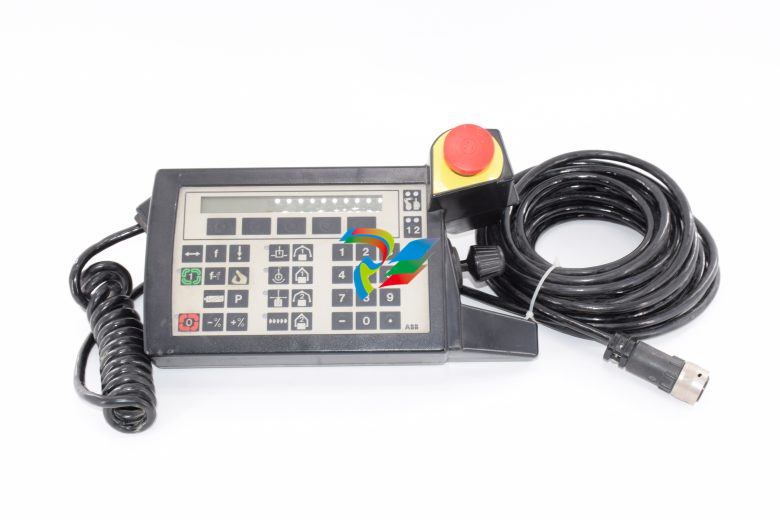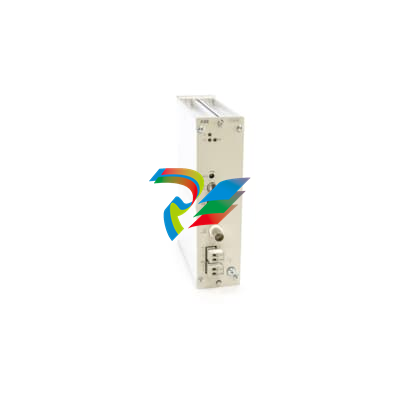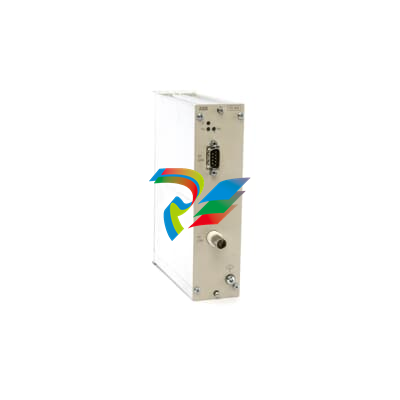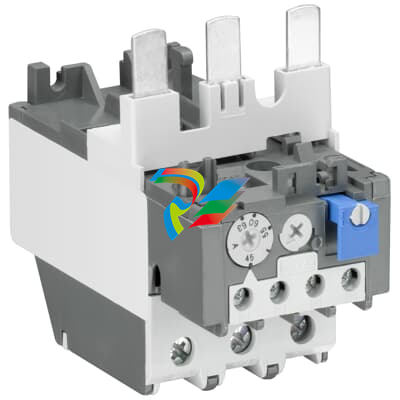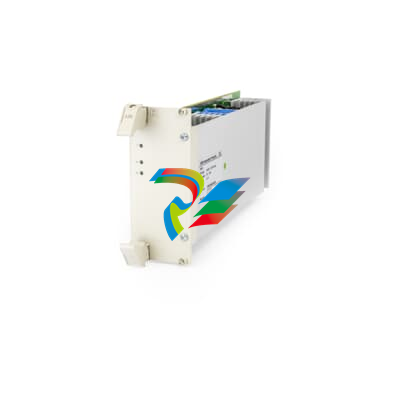
MOOGP-I Servoamplifier G122-829A001
Application Notes
1 Scope
These Application Notes are a guide to applying the
G122-829A001 P-I Servoamplifier. These Application Notes
can be used to:
Determine the closed loop structure for your application.
Select the G122-829A001 for your application. Refer also
to data sheet G122-829.
Use these Application Notes to determine your system
configuration.
Draw your wiring diagram.
Install and commission your system.
Aspects, such as hydraulic design, actuator selection, feedback
transducer selection, performance estimation, etc. are not
covered by these Application Notes. The G122-202 Application
Notes (part no C31015) cover some of these aspects. Moog
Application Engineers can provide more detailed assistance,
if required.
2 Description
The G122-829A001 is a general purpose, user configurable,
P-I servoamplifier. Selector switches inside the amplifier enable
either proportional control, integral control, or both to be
selected. Many aspects of the amplifier’s characteristics can
be adjusted with front panel pots or selected with internal
switches. This enables one amplifier to be used in many
different applications. Refer also to data sheet G122-829.
3 Installation
3.1 Placement
A horizontal DIN rail, mounted on the vertical rear surface
of an industrial steel enclosure, is the intended method of
mounting. The rail release clip of the G122-829A001 should
face down, so the front panel and terminal identifications
are readable and so the internal electronics receive a cooling
airflow.
An important consideration for the placement of the module
is electro magnetic interference (EMI) from other equipment
in the enclosure. For instance, VF and AC servo drives
can produce high levels of EMI. Always check the
EMC compliance of other equipment before placing
the G122-829A001 close by.
3.2 Cooling
Vents in the top and bottom sides of the G122-829A001 case
provide cooling for the electronics inside. These vents should
be left clear. It is important to ensure that equipment below
does not produce hot exhaust air that heats up the G122-829
3.3 Wiring
The use of crimp “boot lace ferrules” is recommended for the
screw terminals. Allow sufficient cable length so the circuit
card can be withdrawn from its case with the wires still
connected. This enables switch changes on the circuit card
to be made while the card is still connected and operating.
An extra 100mm, for cables going outside the enclosure,
as well as wires connecting to adjacent DIN rail units,
is adequate.
The screw terminals will accommodate wire sizes from
0.2mm2 to 2.5mm2 (24AWG to 12AWG). One Amp rated,
0.2mm2 should be adequate for all applications.
3.4 EMC
The G122-829A001 emits radiation well below the level called
for in its CE mark test. Therefore, no special precautions are
required for suppression of emissions. However, immunity from
external interfering radiation is dependent on careful wiring
techniques. The accepted method is to use screened cables for
all connections and to radially terminate the cable screens, in
an appropriate grounded cable gland, at the point of entry into
the industrial steel enclosure. If this is not possible, chassis
ground screw terminals are provided on the G122-829A001.
Exposed wires should be kept to a minimum length. Connect
the screens at both ends of the cable to chassis ground.
4 Power supply
24V DC nominal, 22 to 28V
75mA @ 24V without a load, 200mA @ 100mA load.
If an unregulated supply is used the bottom of the ripple
waveform is not to fall below 22V.
It is recommended that an M205, 250mA T (slow blow) fuse,
compliant with IEC127-2 sheet 3, be placed in series with the
+24V input to protect the electronic circuit. If terminal 23 is
used to power a proportional valve, the fuse should be
increased to cater for the extra current
Caution
If you intend to use the feedback amplifier adjusted for
4-20mA, don’t change the feedback gain or zero.
They are already adjusted for 4-20mA
To re-adjust for 4-20mA takes a little time, needs test
equipment and is tedious to do in the field.
6 Input configuration
Inputs 1, 2 and feedback go to the error amplifier and can be
used for feedback or command. Care needs to be taken in
selecting signal polarity to achieve negative feedback for
the overall closed loop. Since the input error amplifier sums
the signals, the transducer feedback signal needs to be the
opposite polarity of the command. This can be achieved in
two ways:
Arrange for an opposite polarity feedback transducer signal
and connect it to input 1, input 2 or the positive feedback
amplifier input.
If the feedback transducer signal is the same polarity as the
command, you only have one option: Connect it to the
negative input of the feedback amplifier.
6.1 Feedback input
An input to the error amplifier: The feedback amplifier is the
best choice for the feedback signal, for six reasons:


































































































